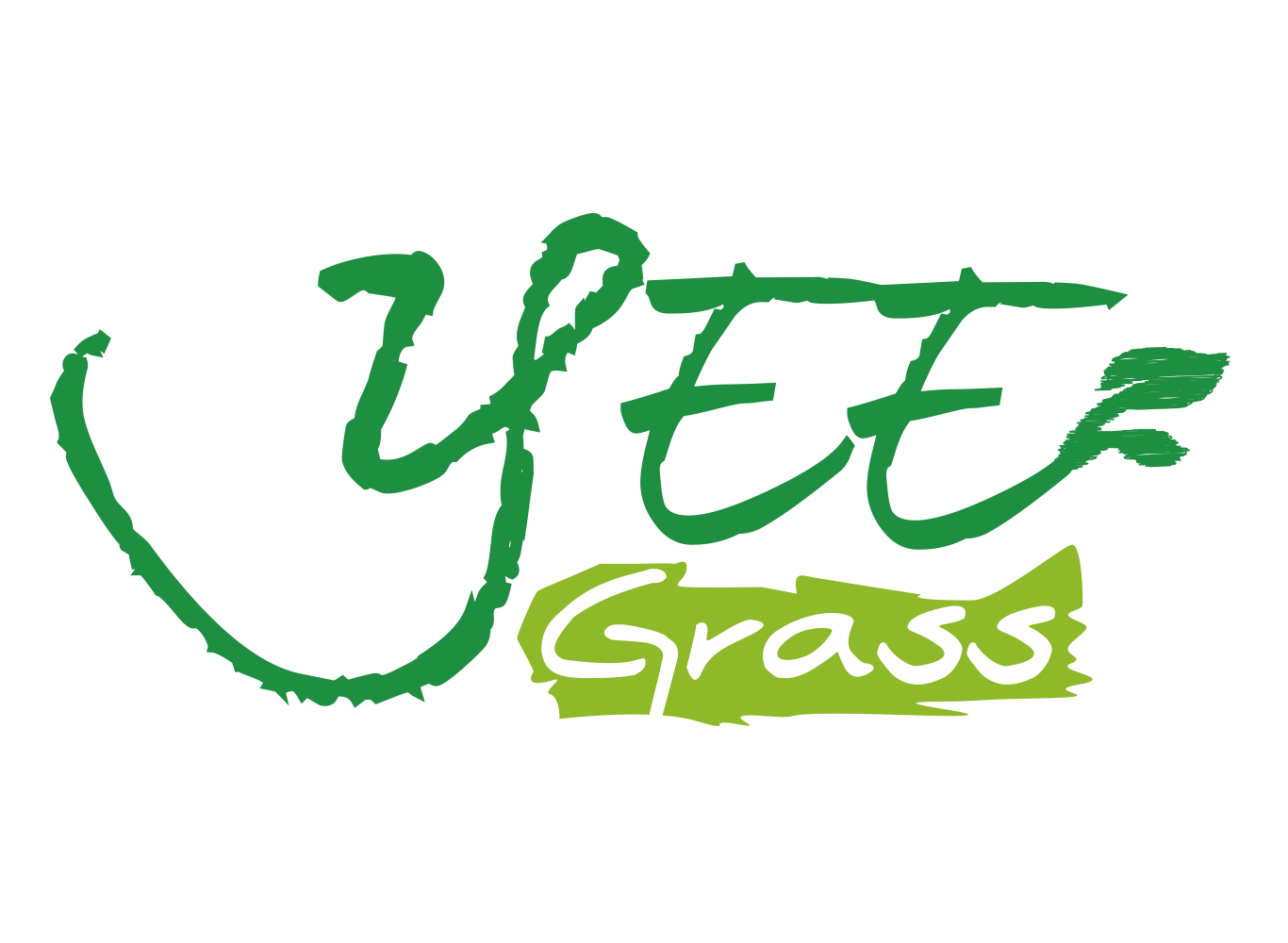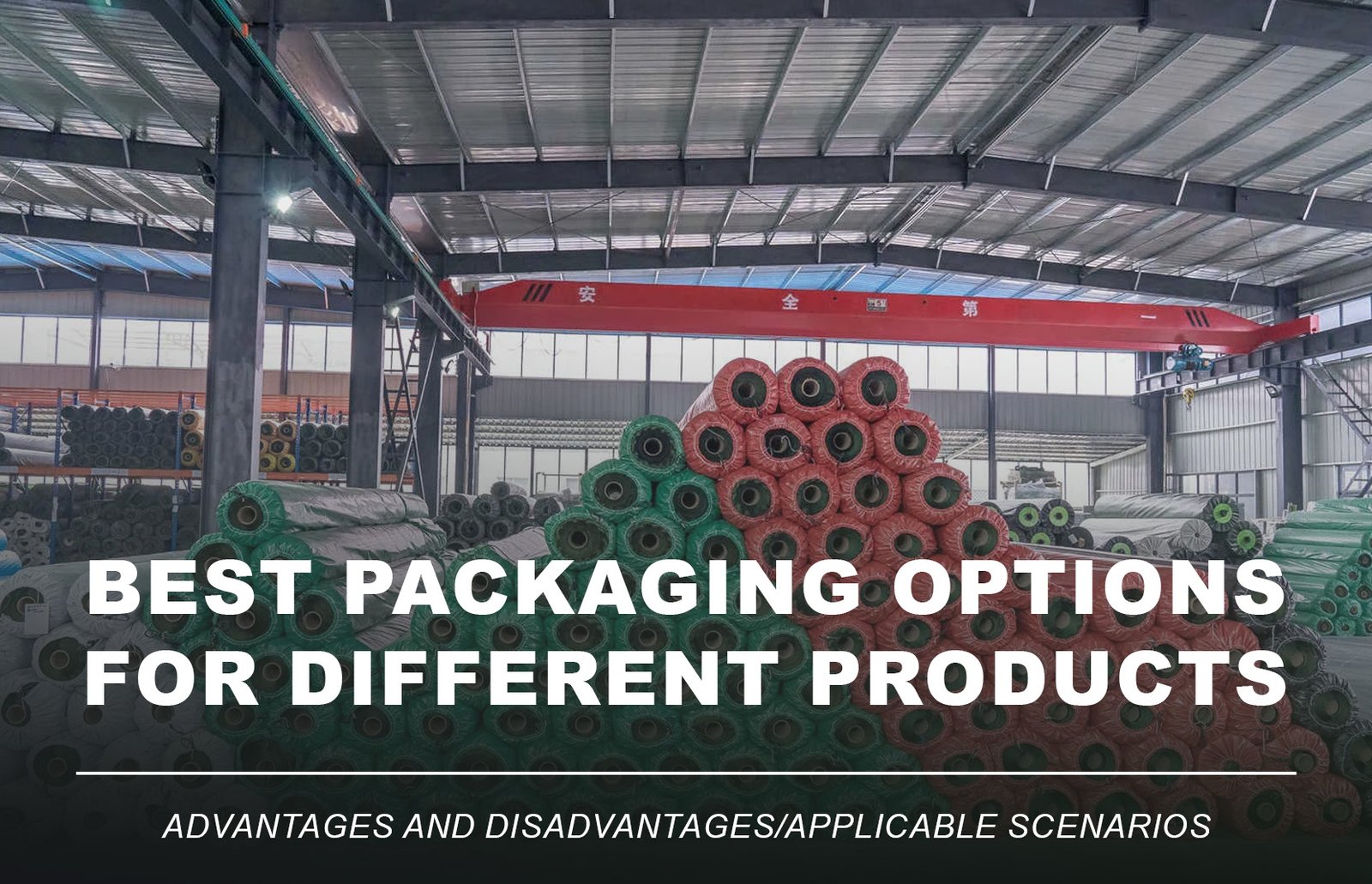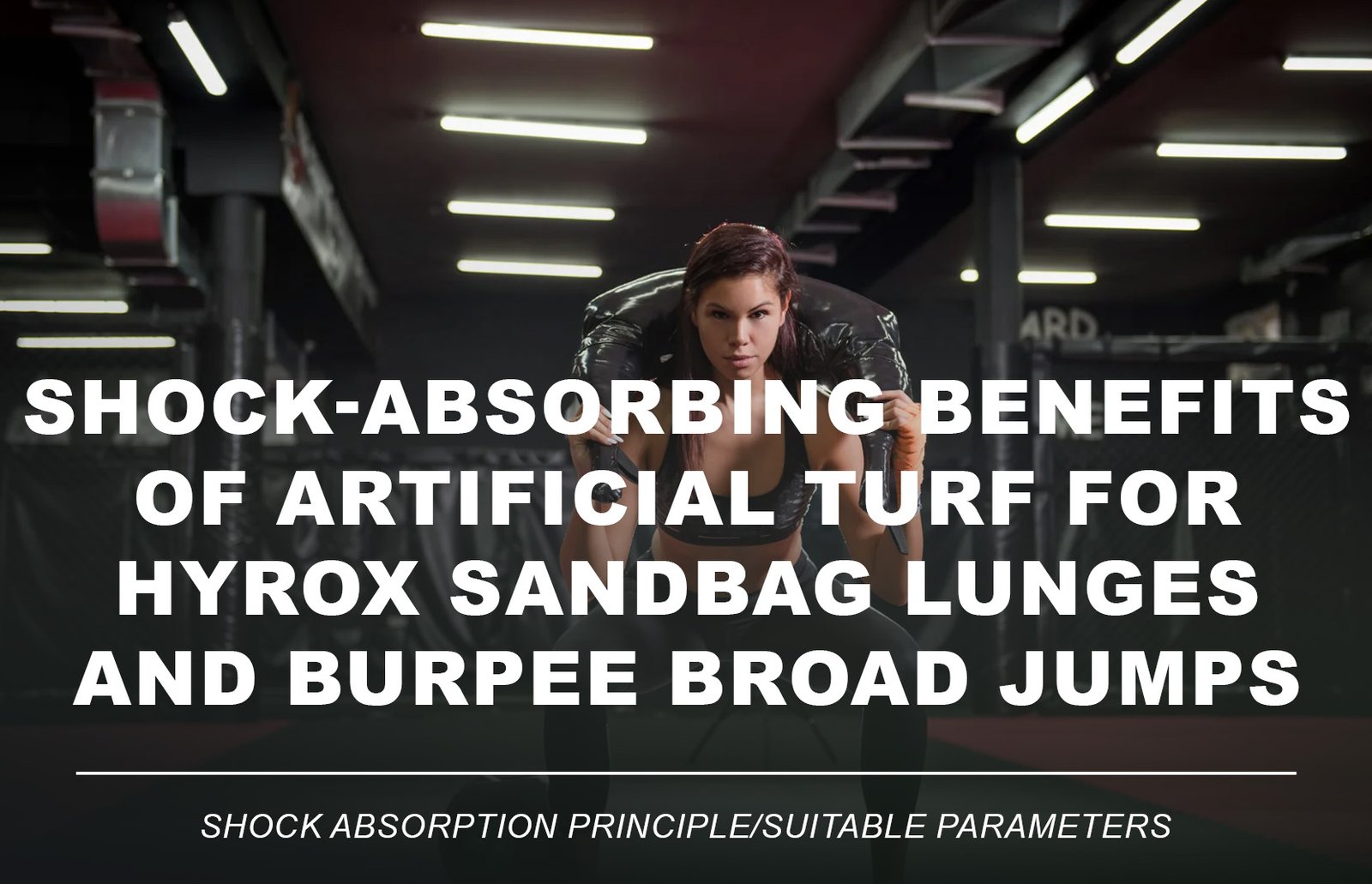
Discover the benefits of artificial grass for tennis courts. Learn about the best turf types, installation tips, performance specs, and how to choose synthetic grass for recreational or professional tennis courts.
1. Why Choose Artificial Grass for Tennis Courts?
Artificial grass for tennis courts has become increasingly popular in clubs, schools, and private properties due to its year-round usability, low maintenance, and consistent ball bounce.
(1)Key Benefits:
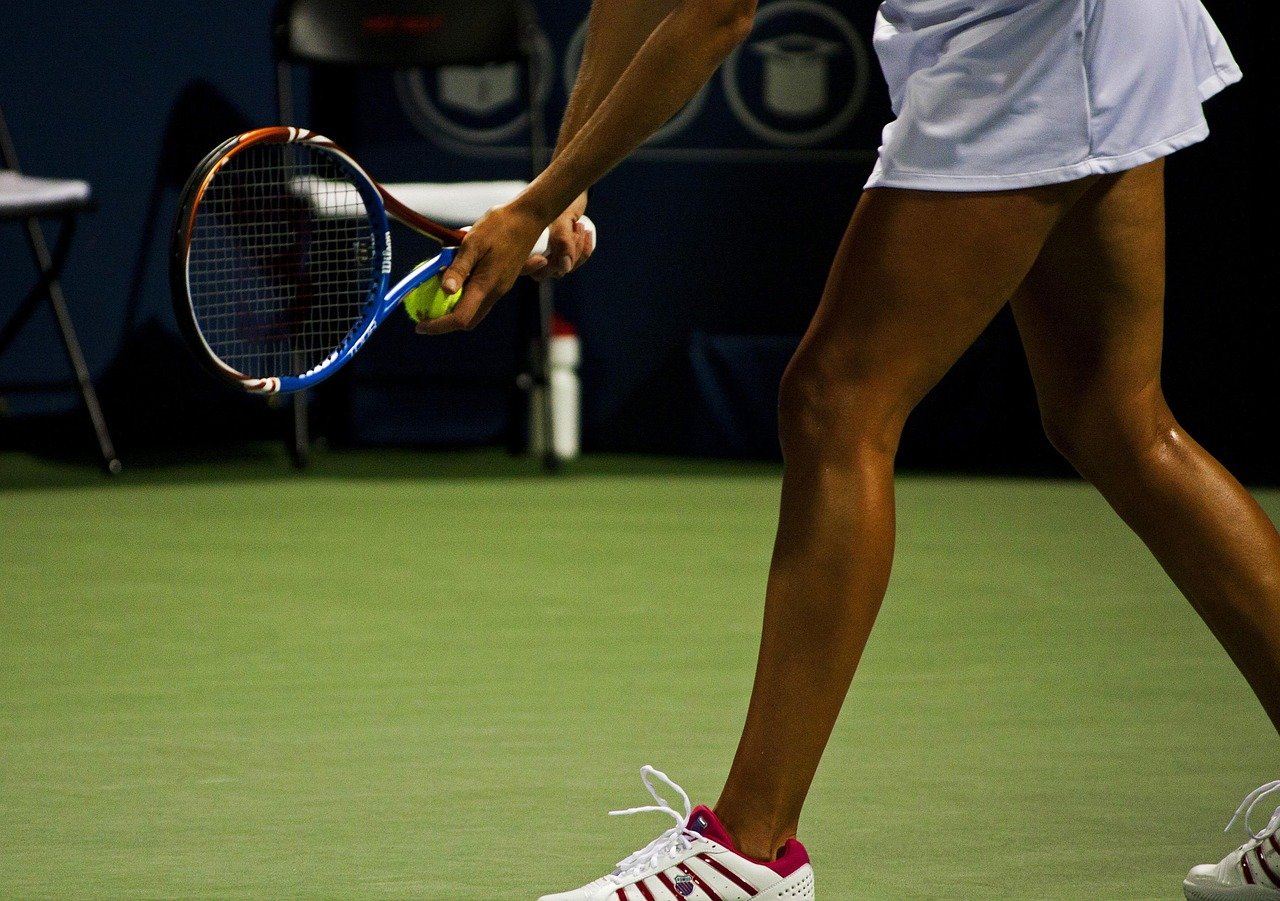
- All-weather playability: No muddy patches or waterlogged surfaces
- Minimal upkeep: No mowing, fertilizing, or watering
- Excellent shock absorption: Reduces risk of injury during long rallies
- Natural look and feel: Green aesthetics with consistent grip and pace
Whether for recreational play or professional practice, tennis court artificial grass delivers performance with comfort and reliability.
2. What Is the Best Artificial Turf for Tennis Courts?
To create a safe and professional-grade tennis court surface, the synthetic turf must be tailored for tennis-specific play.
(1)Recommended Turf Specifications:


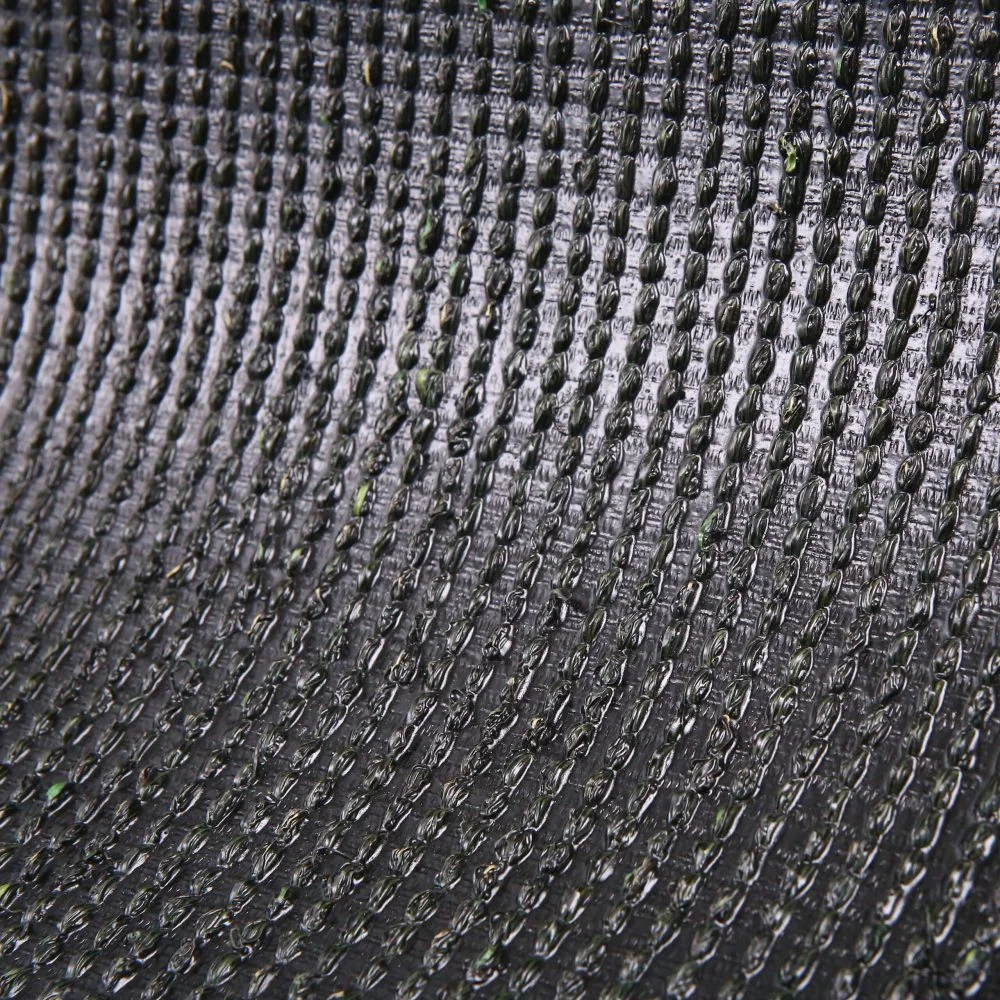
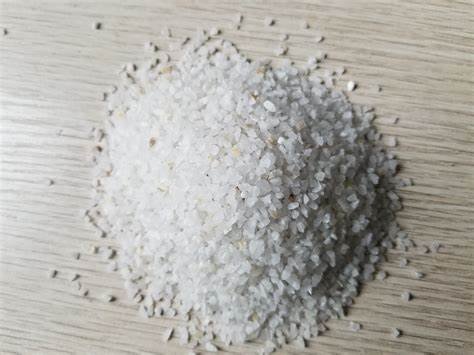
- Pile Height: 12–20mm (lower pile offers faster surface)
- Fiber Type: Polyethylene (PE) or Nylon for better resilience
- Backing: Double-layer with PU or latex coating for dimensional stability
- Infill: Silica sand for consistent ball bounce and improved traction
- UV Resistance: For outdoor artificial tennis court surfaces exposed to intense sunlight
This type of best synthetic grass for tennis courts offers balance between durability, grip, and comfort—ideal for both private use and club-level matches.
3.Tennis Court Construction: Base + Drainage
Proper base preparation is essential for turf performance and drainage efficiency.
(1) Installation Structure:
- Sub-base: Compacted crushed stone or asphalt
- Shock pad (optional): For extra cushioning
- Turf layer: Tennis-grade artificial grass
- Silica sand infill: Stabilizes the surface
- Edge fixing: Nails, adhesive, or trench anchoring
💡 Pro Tip: Slope design (1–2%) and perforated turf backing improve drainage and reduce puddling in outdoor artificial tennis court surfaces.
4. Performance Comparison vs. Other Court Types
| Court Type | Speed | Maintenance | Cost | Weather Resistance |
| Artificial Grass | Medium–Fast | ✅ Low | 💰 Medium | ✅ Excellent |
| Hard Court (Acrylic) | Fast | ⚠️ Medium | 💰💰 | ❌ Cracks in extreme temps |
| Clay Court | Slow | ❌ High | 💰💰 | ❌ Poor in rain |
| Grass Court (Natural) | Fast | ❌ Very High | 💰💰💰 | ❌ Very sensitive |
This makes synthetic turf for tennis courts one of the most versatile options for recreational and multi-sport venues.
5.Key Standards & Certifications
Ensure the tennis turf meets sport-grade safety and performance standards:
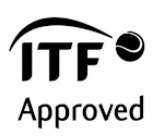


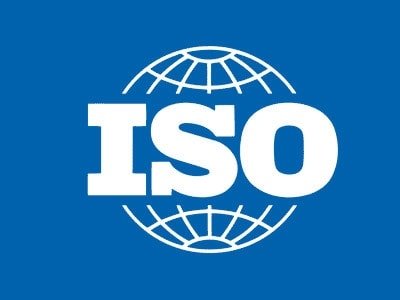
For professional or tournament use, request documentation from your tennis turf suppliers.
6.How to Choose the Right Tennis Turf Product?
When selecting artificial turf for tennis courts, consider:

- Court usage: Recreational, club-level, or competition
- Budget and expected lifespan
- Surface speed and comfort preferences
- Climate adaptability (e.g., frost, UV exposure)
- Supplier warranty (typically 5–8 years for tennis turf)
Compare models from leading synthetic grass tennis court suppliers to ensure the best match for your needs.
7.FAQs – Artificial Turf Tennis Courts
Q1: Is synthetic turf suitable for competitive tennis?
Yes. While traditional surfaces dominate professional tournaments, artificial grass tennis courts are excellent for training, private use, and school sports due to their reliability and reduced injury risk.
Q2: What is the expected lifespan of a tennis court artificial grass?
6–10 years with regular brushing and occasional infill top-up.
Q3: Can I use the turf for multi-sport areas?
Yes. Tennis court artificial grass can double as a surface for futsal, volleyball, or pickleball with different line markings.
8. Bonus: Recommended Use Cases & Project Examples



